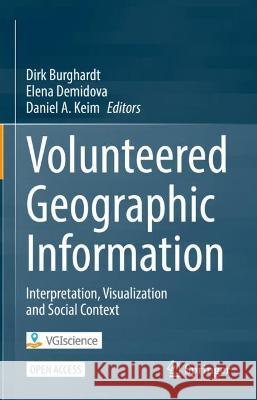Volunteered Geographic Information: Interpretation, Visualization and Social Context » książka
topmenu
Volunteered Geographic Information: Interpretation, Visualization and Social Context
ISBN-13: 9783031353765 / Angielski
Volunteered Geographic Information: Interpretation, Visualization and Social Context
ISBN-13: 9783031353765 / Angielski
cena 160,99
(netto: 153,32 VAT: 5%)
Najniższa cena z 30 dni: 154,18
(netto: 153,32 VAT: 5%)
Najniższa cena z 30 dni: 154,18
Termin realizacji zamówienia:
ok. 22 dni roboczych
Dostawa w 2026 r.
ok. 22 dni roboczych
Dostawa w 2026 r.
Darmowa dostawa!
Kategorie:
Kategorie BISAC:
Wydawca:
Springer
Język:
Angielski
ISBN-13:
9783031353765











